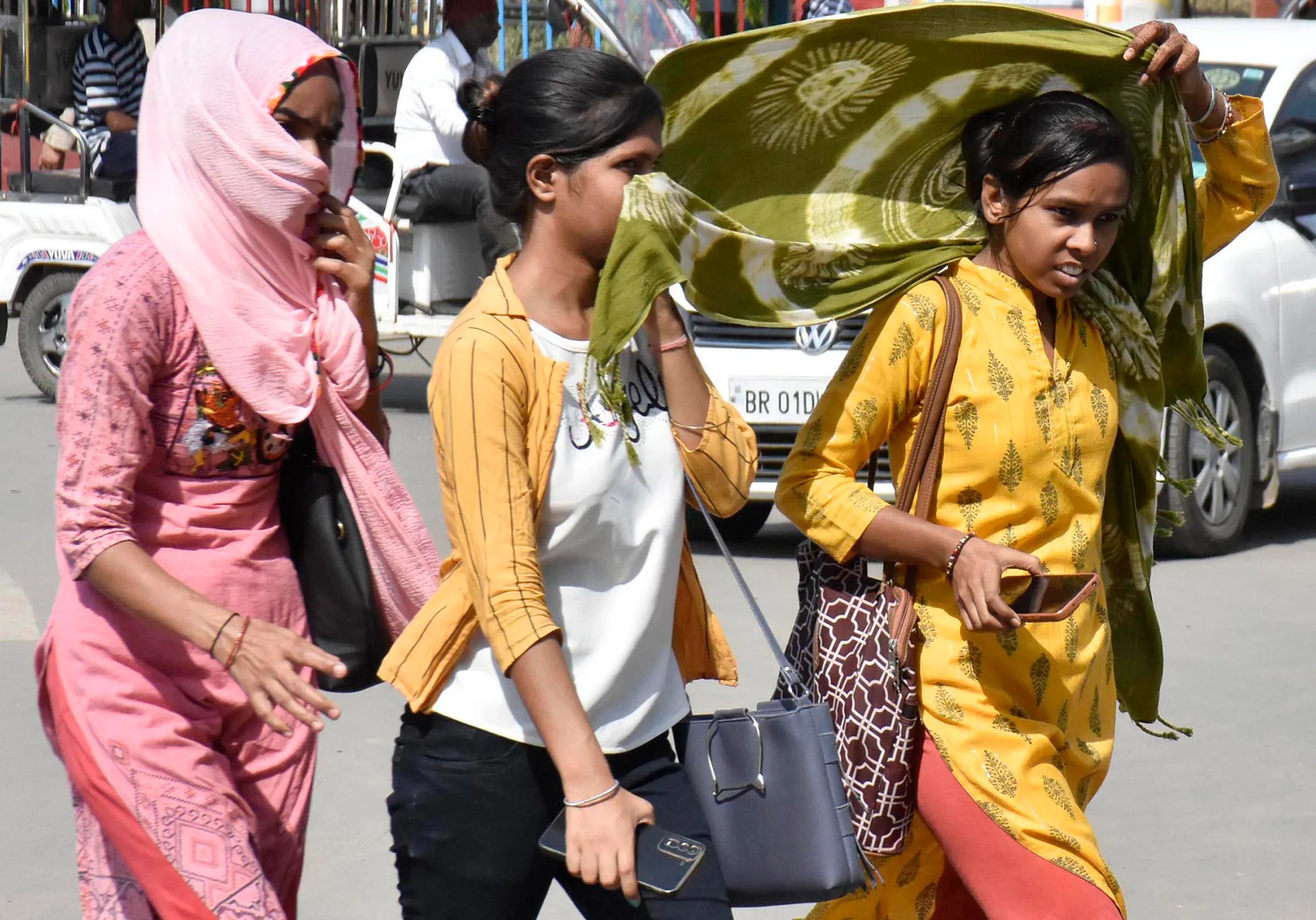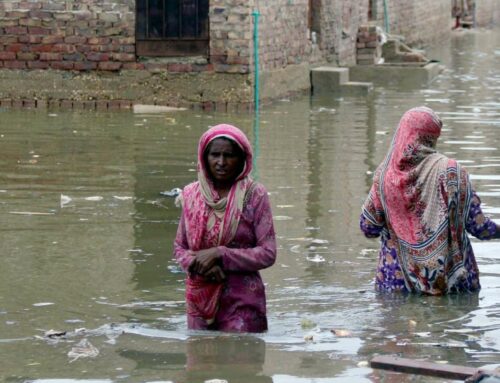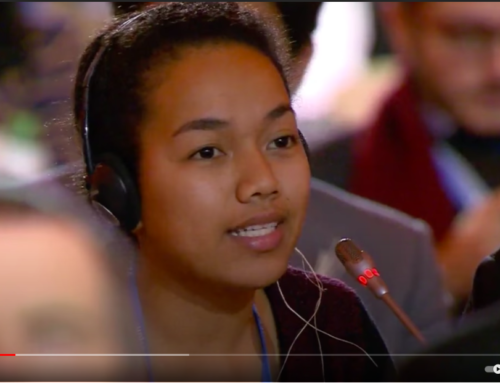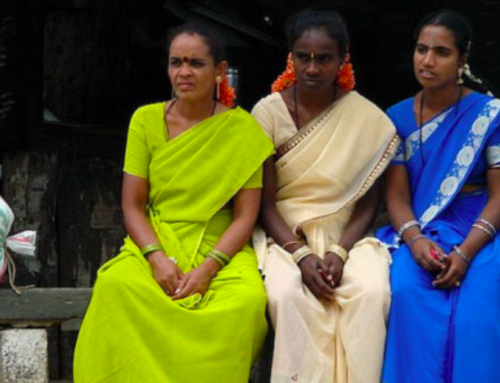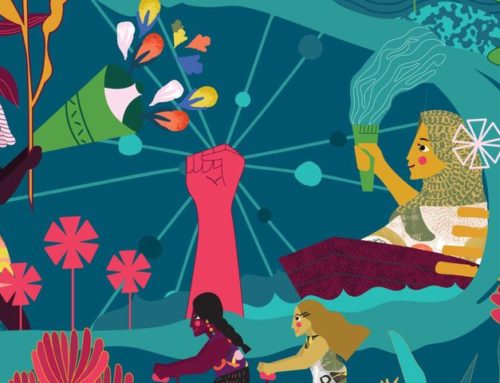Extreme heat costs women like Bhanu ben Javad their health and livelihoods. Javad, who earns the equivalent of 30 USD a month by threading beads into elaborate necklaces in her slum settlement of Vasant Nagar in the city of Ahmedabad, found it impossible to work as temperatures soared to 46°C (114°F). Working in this heat, Javad experiences intense headaches, nausea, vomiting, and reduced work capacity. Women like Javad make up 65% of the world’s home-based workforce, and there are 42 million home-based workers in India bearing the brunt of deadly South Asian heat waves. A report found that 43% of women faced a loss of income and increased caregiving duties as a result of extreme heat exposure. Experts warn that prolonged extreme temperatures could halt India’s work in reducing gender equality as it may exacerbate poverty. Ronita Bardhan, who co-authored a 2023 Cambridge study, found that since April 2022, 90% of India has been at increased risk from hunger, loss of income, or premature death due to the increasing days of extreme heat. She also notes that women are less likely to take protective measures from the heat, putting them at further risk. In response to the increase in extreme heat days, Ahmedabad became the first city to implement a Heat Action Plan in 2013, which has reduced the number of heat-related deaths by more than 1,000 annually. Additionally, several local collectives, such as the Self-Employed Women’s Association and Mahila Housing Trust, are trialing parametric solutions to provide workers with payouts on extreme heat days to compensate for lost incomes.
Photo Credit: Santosh Kumar—Hindustan Times/Getty Images


